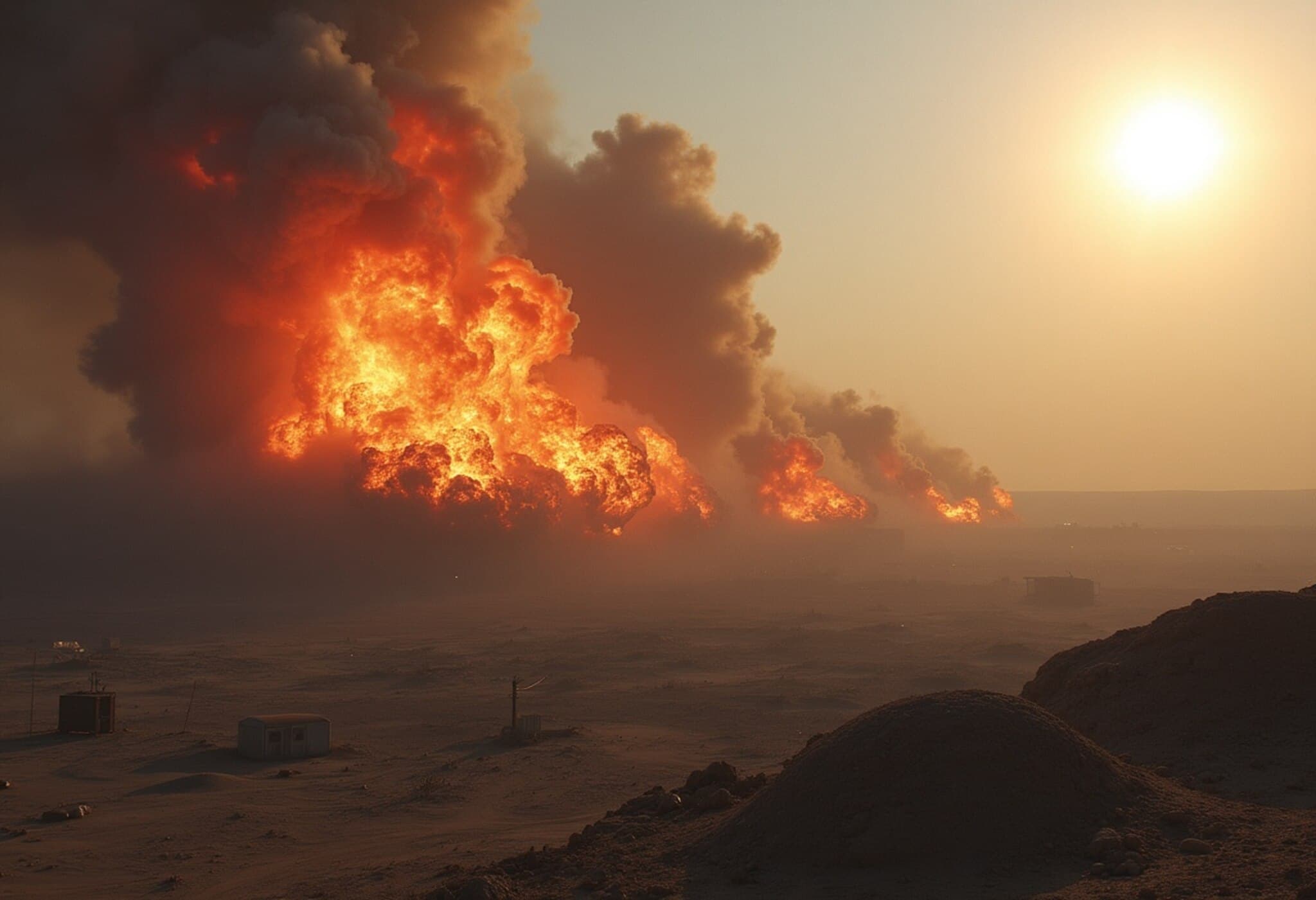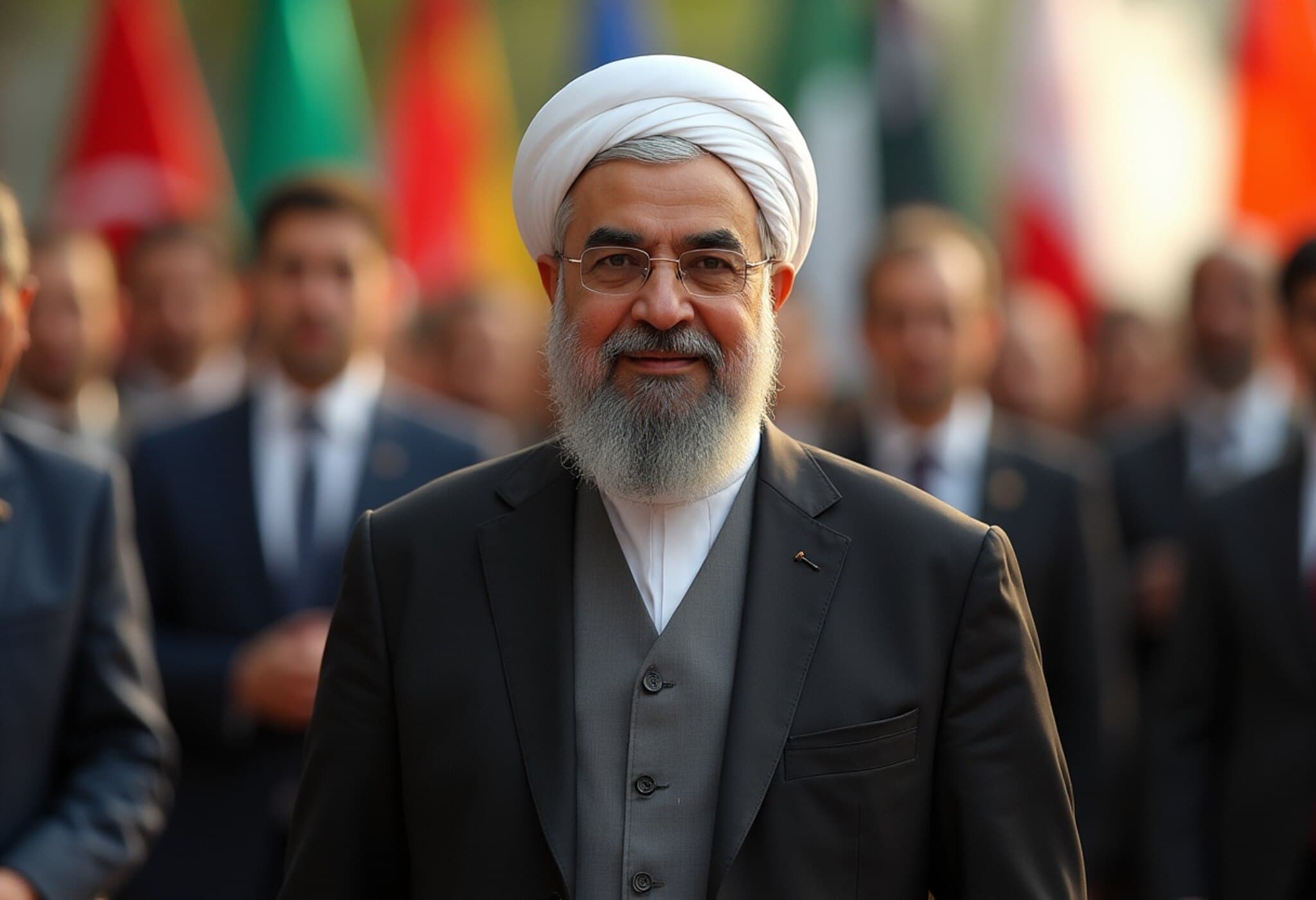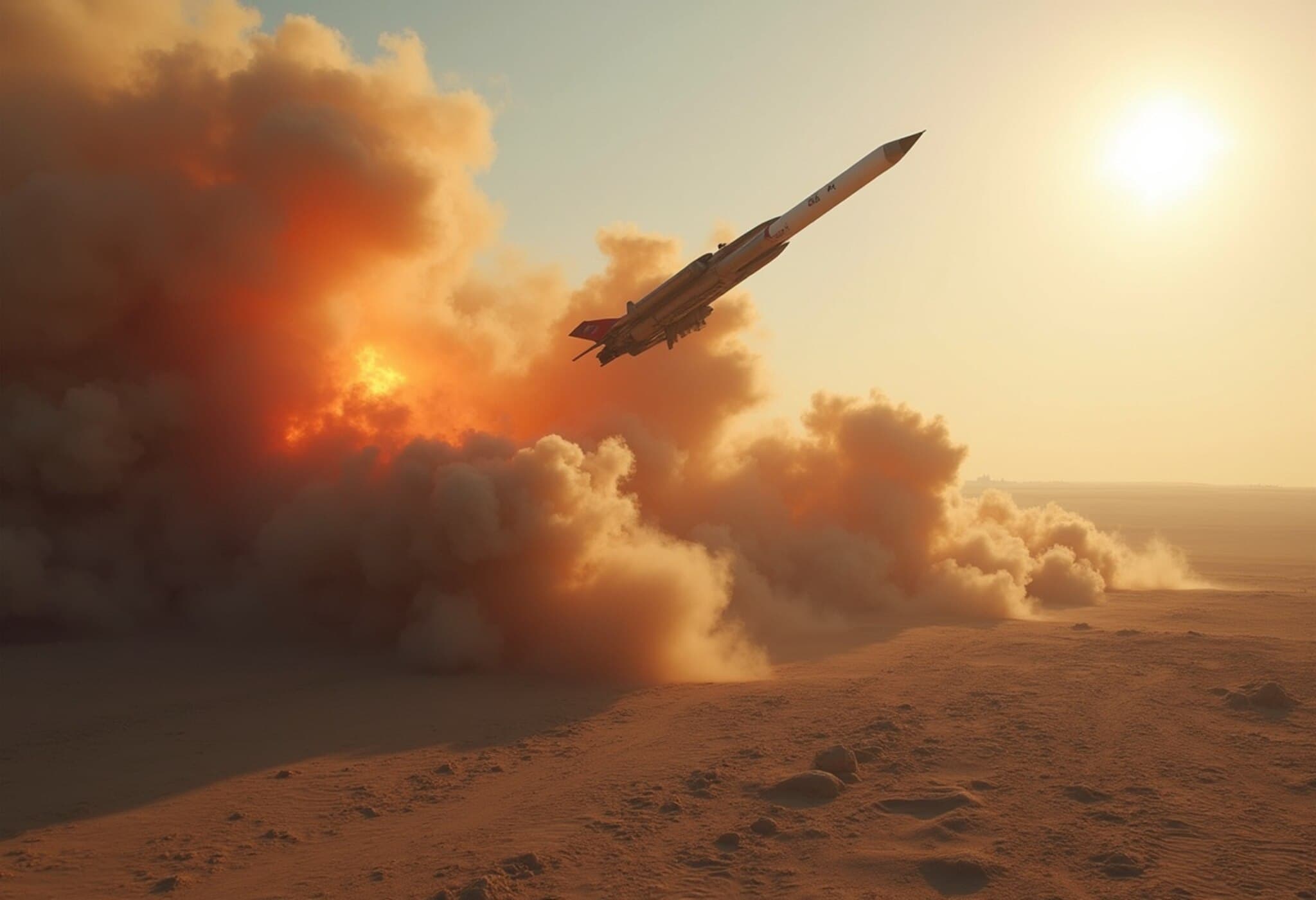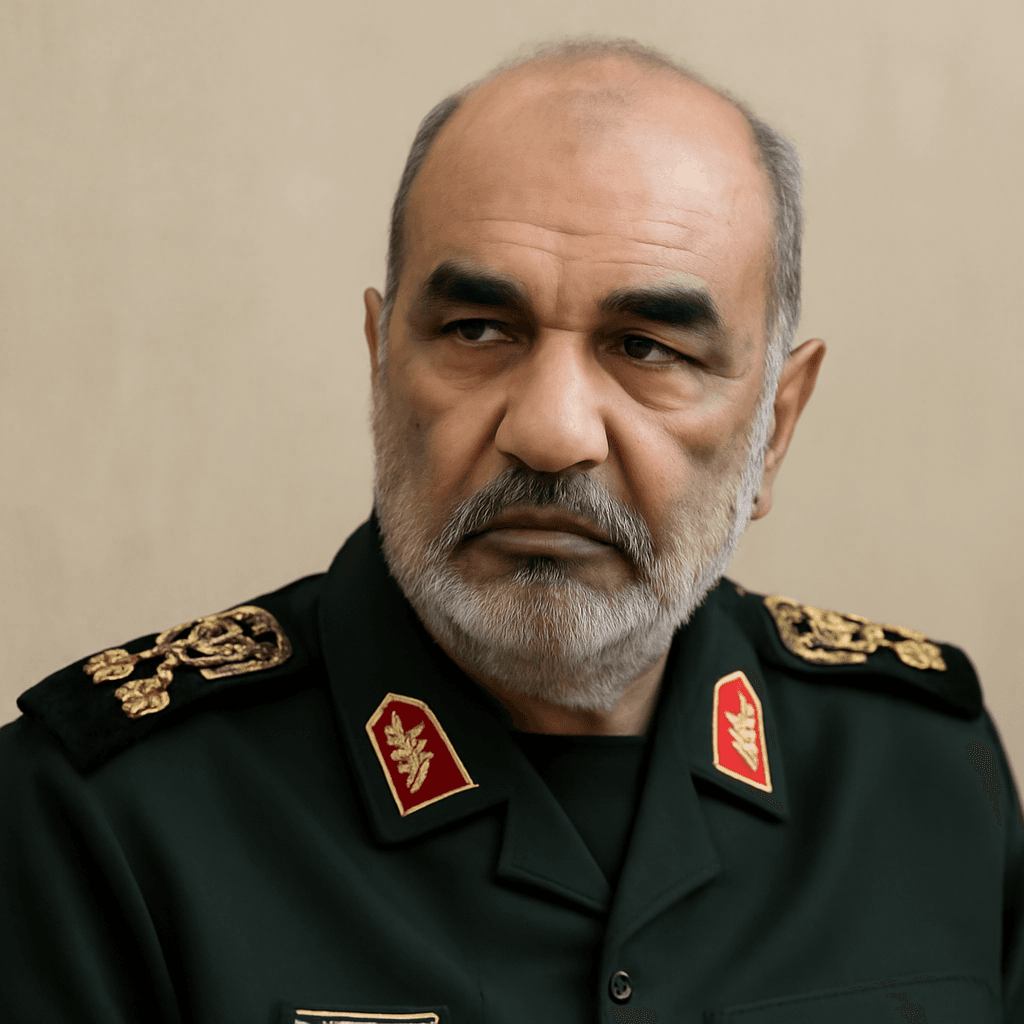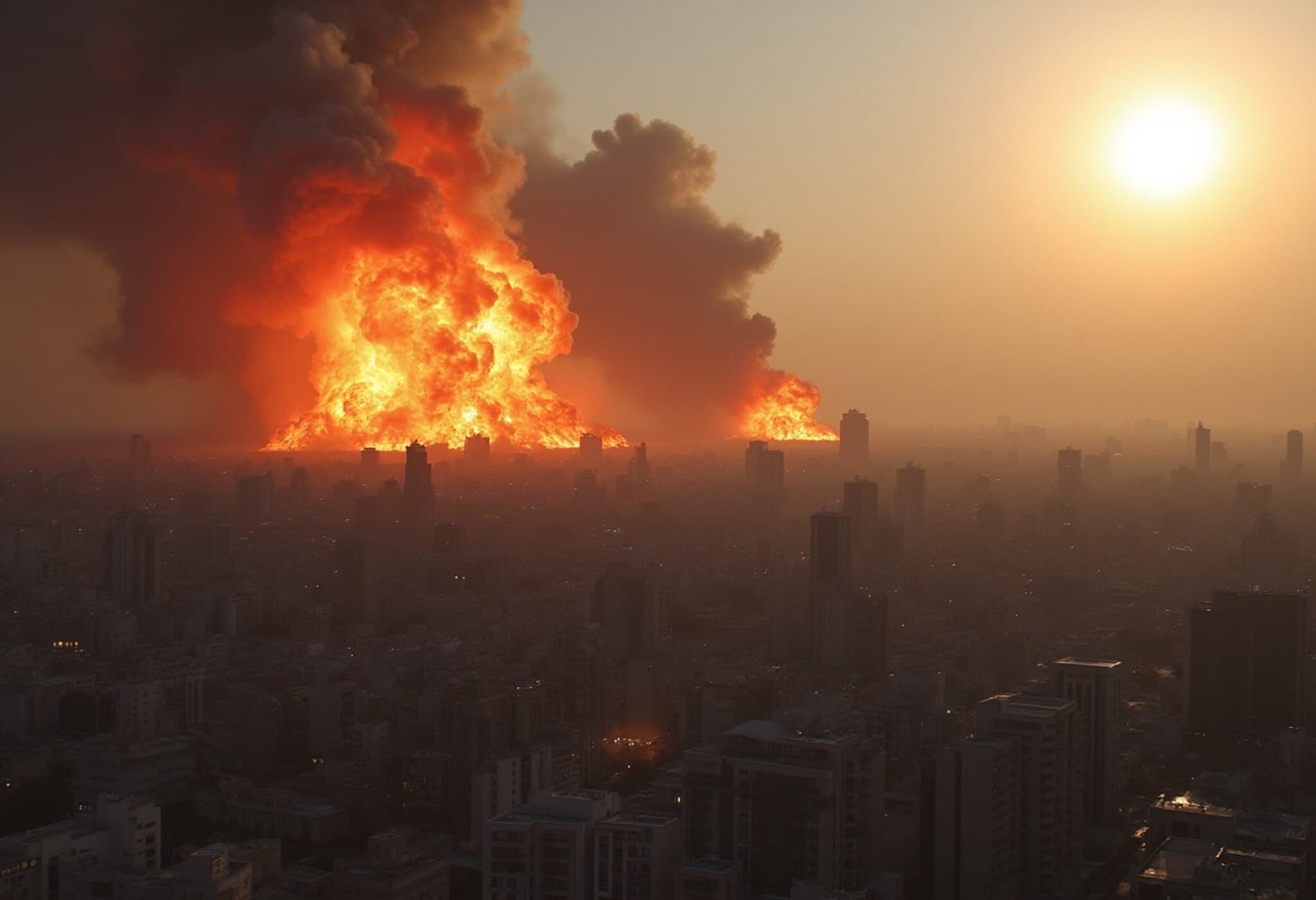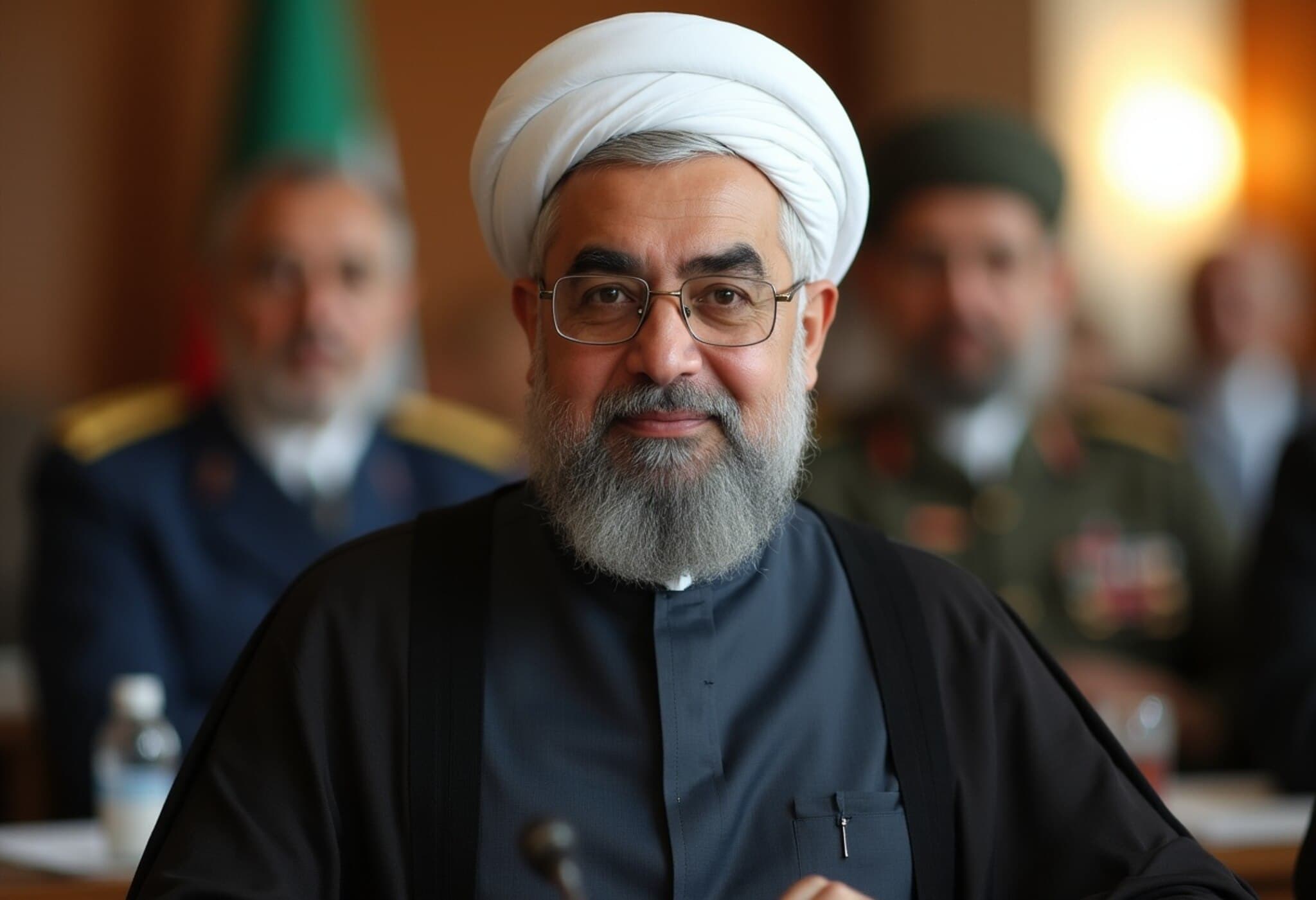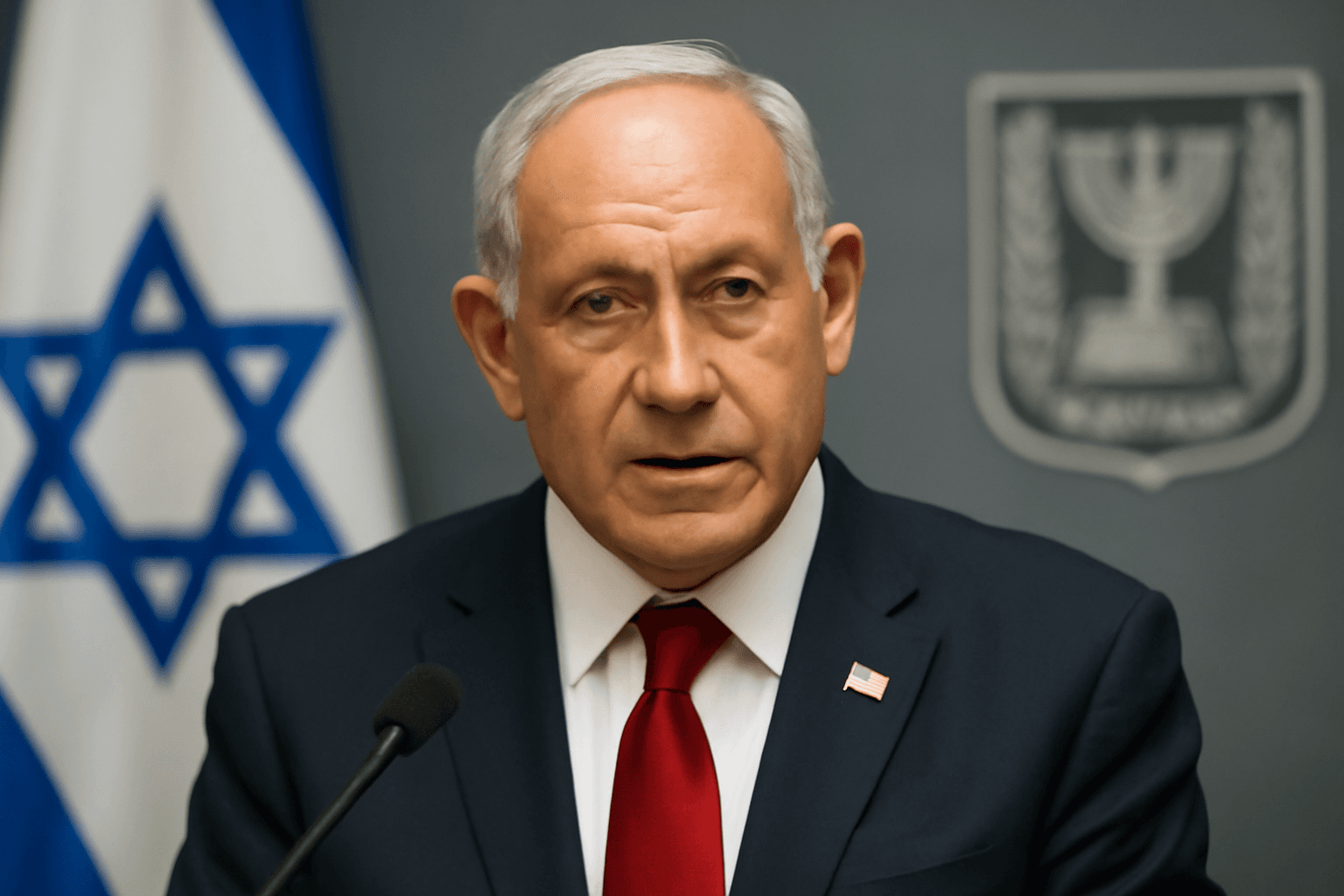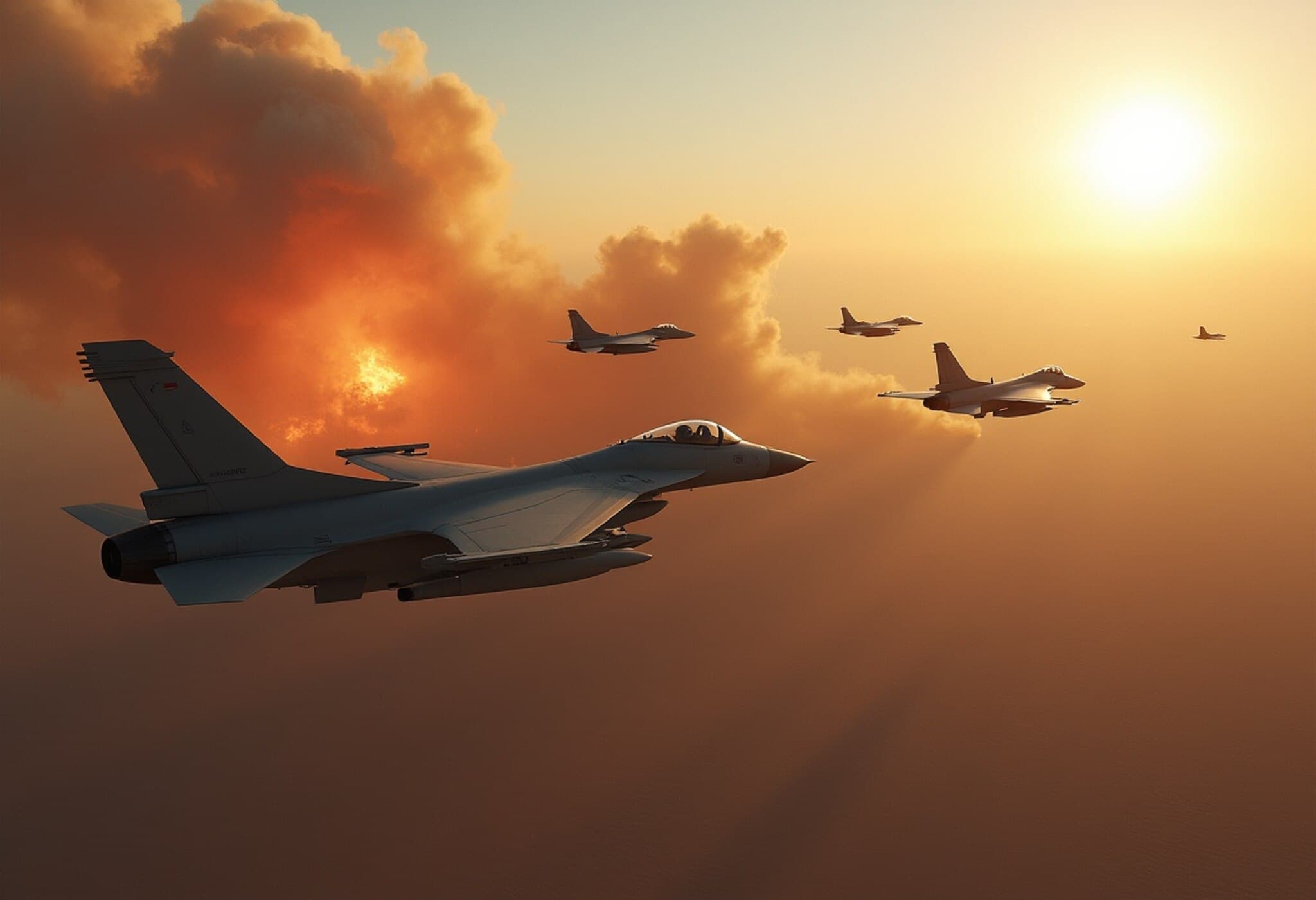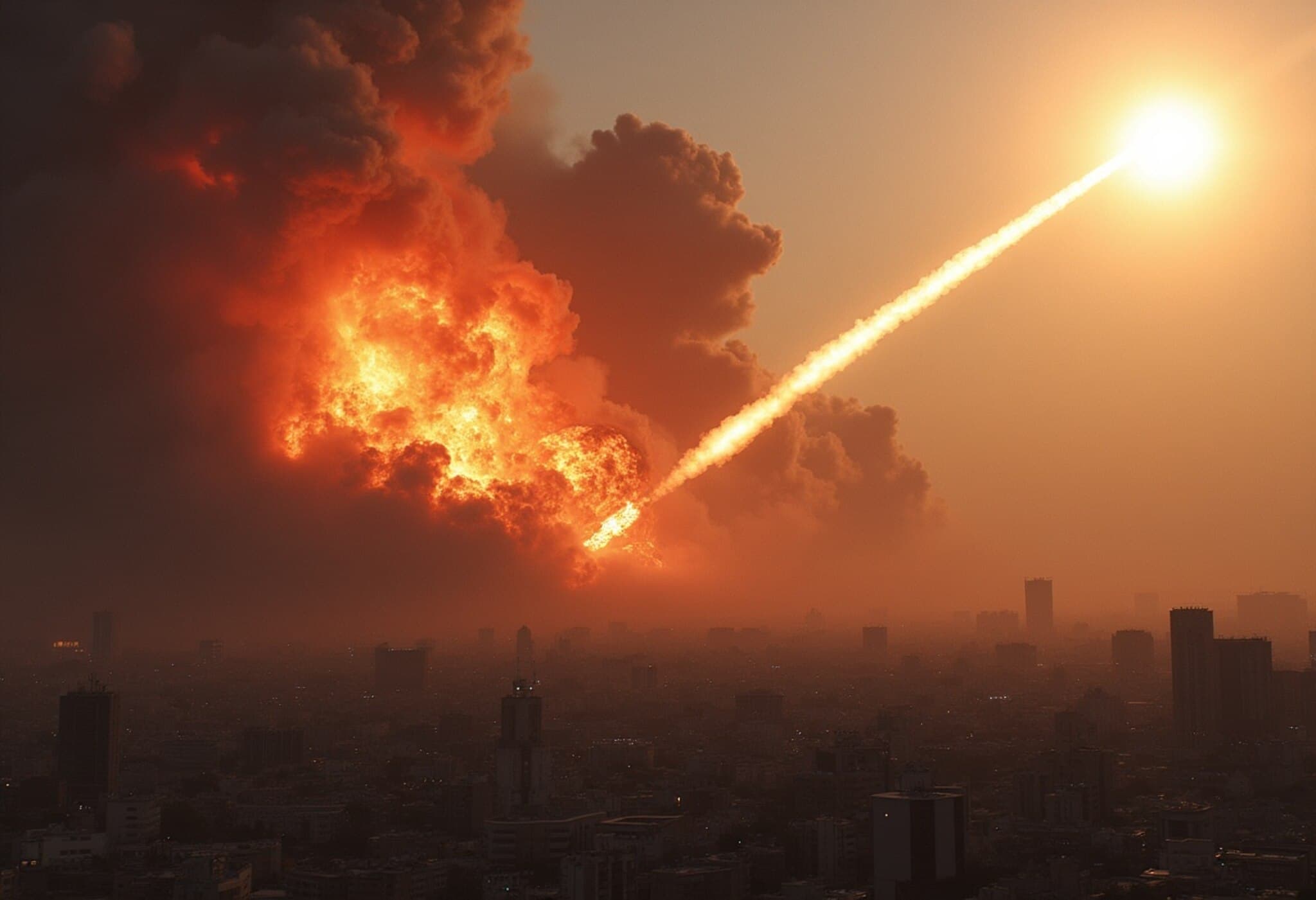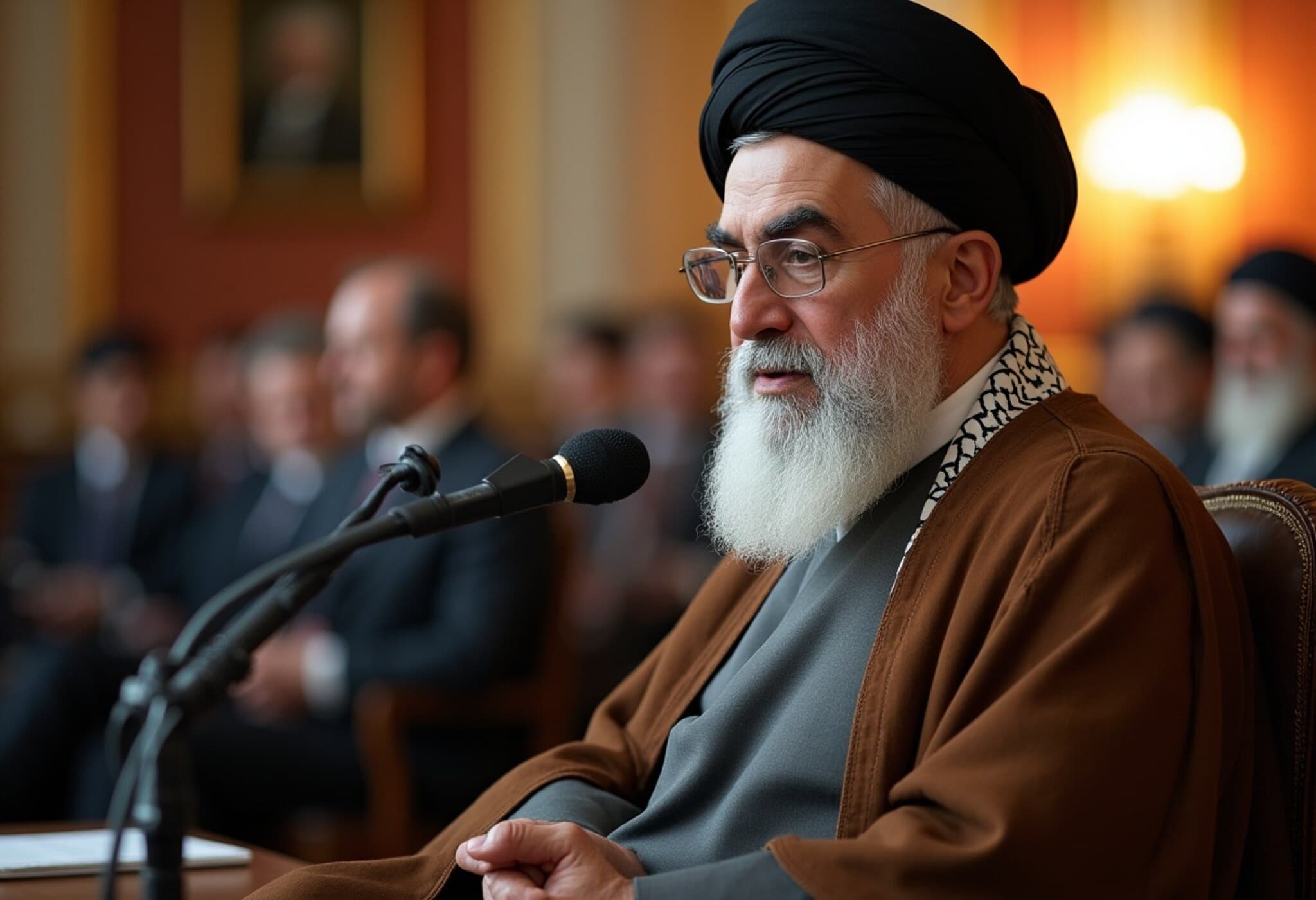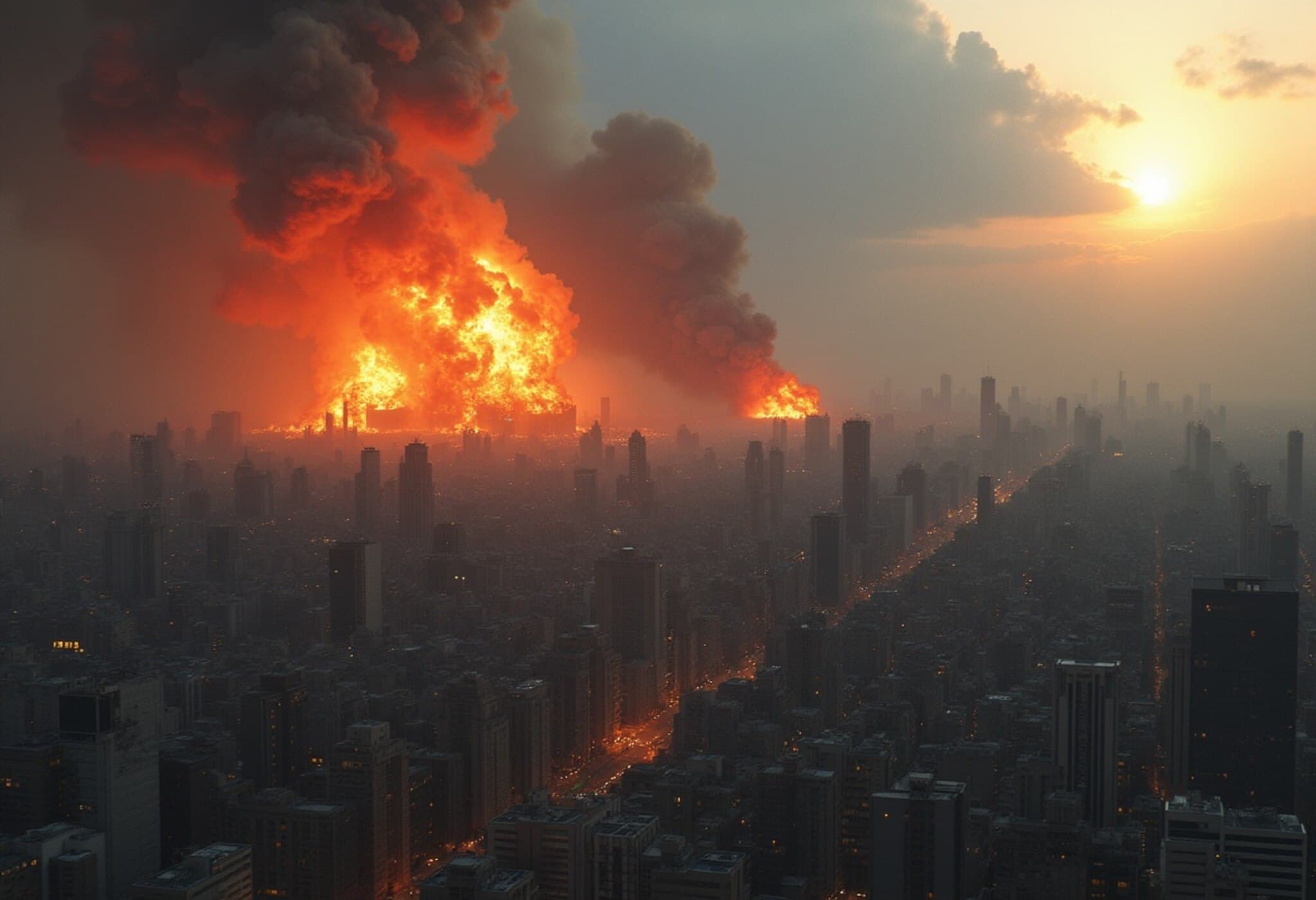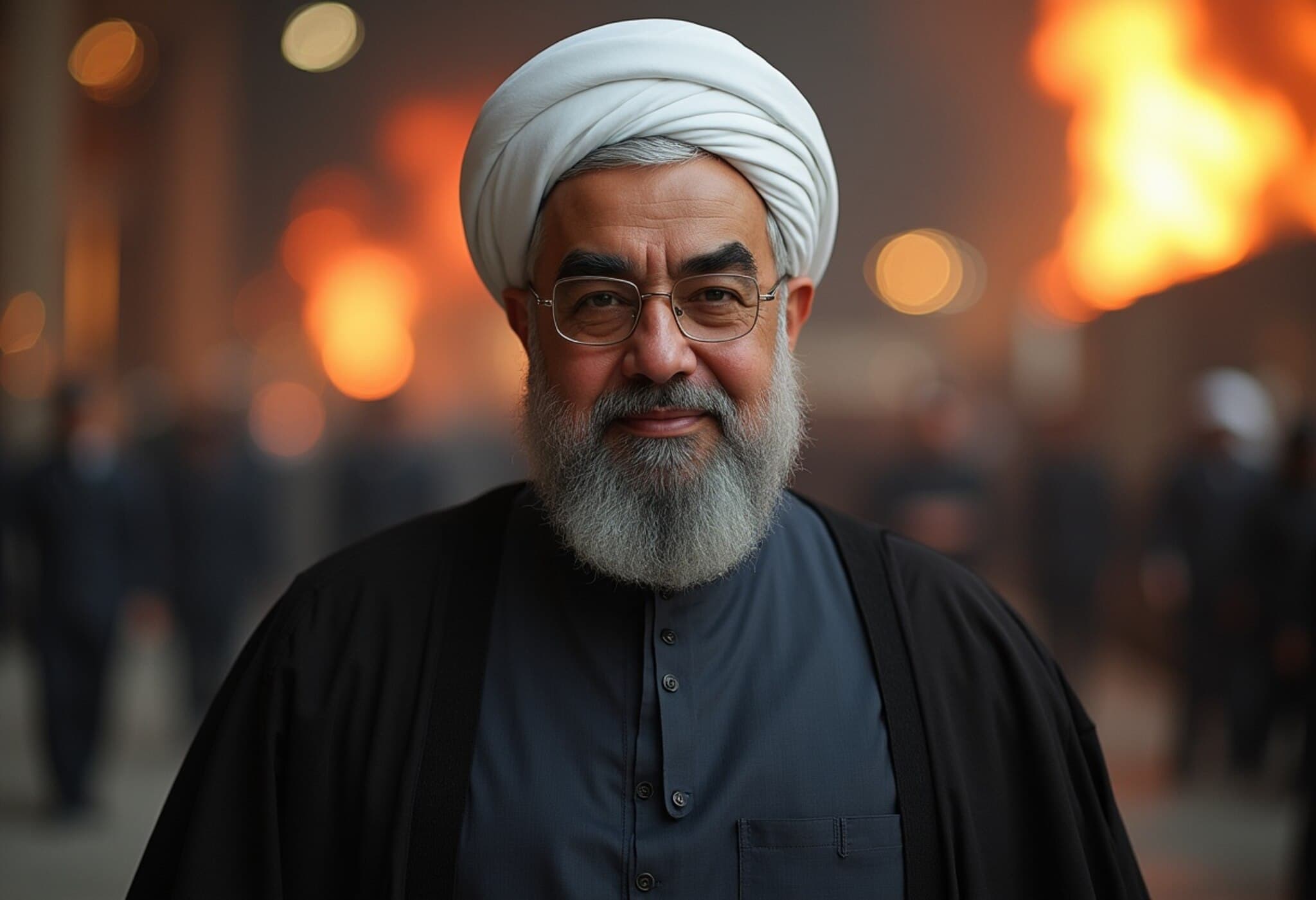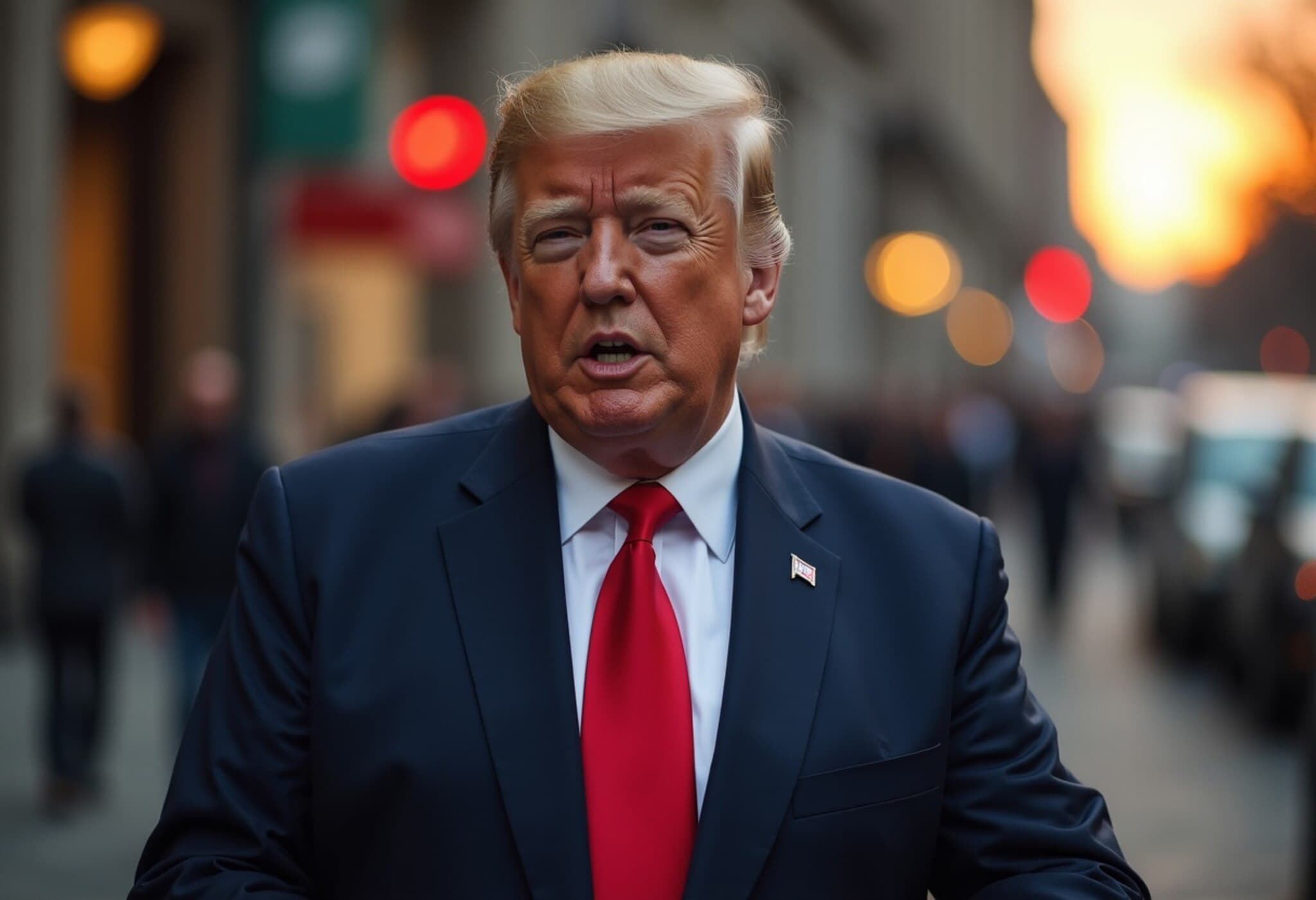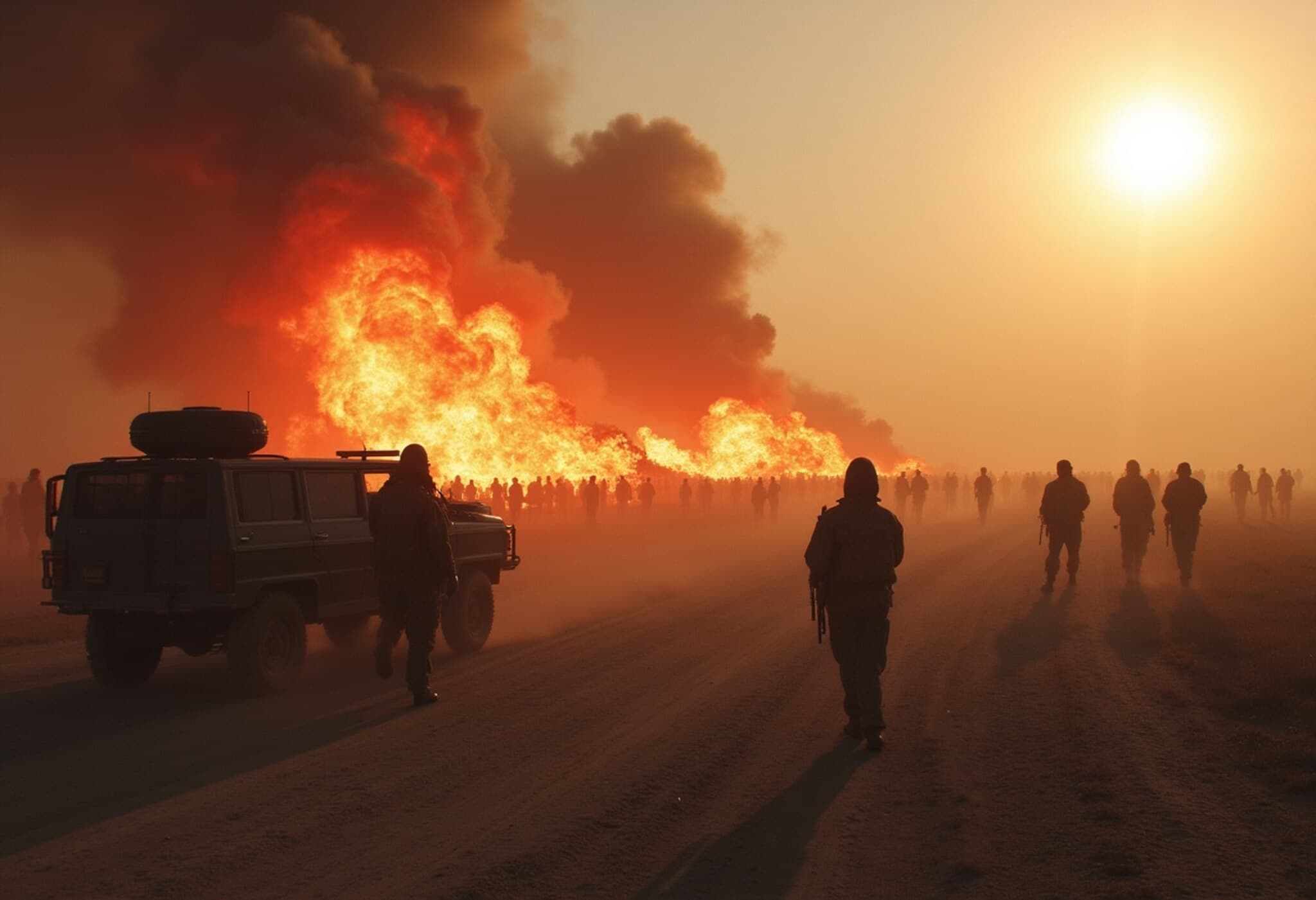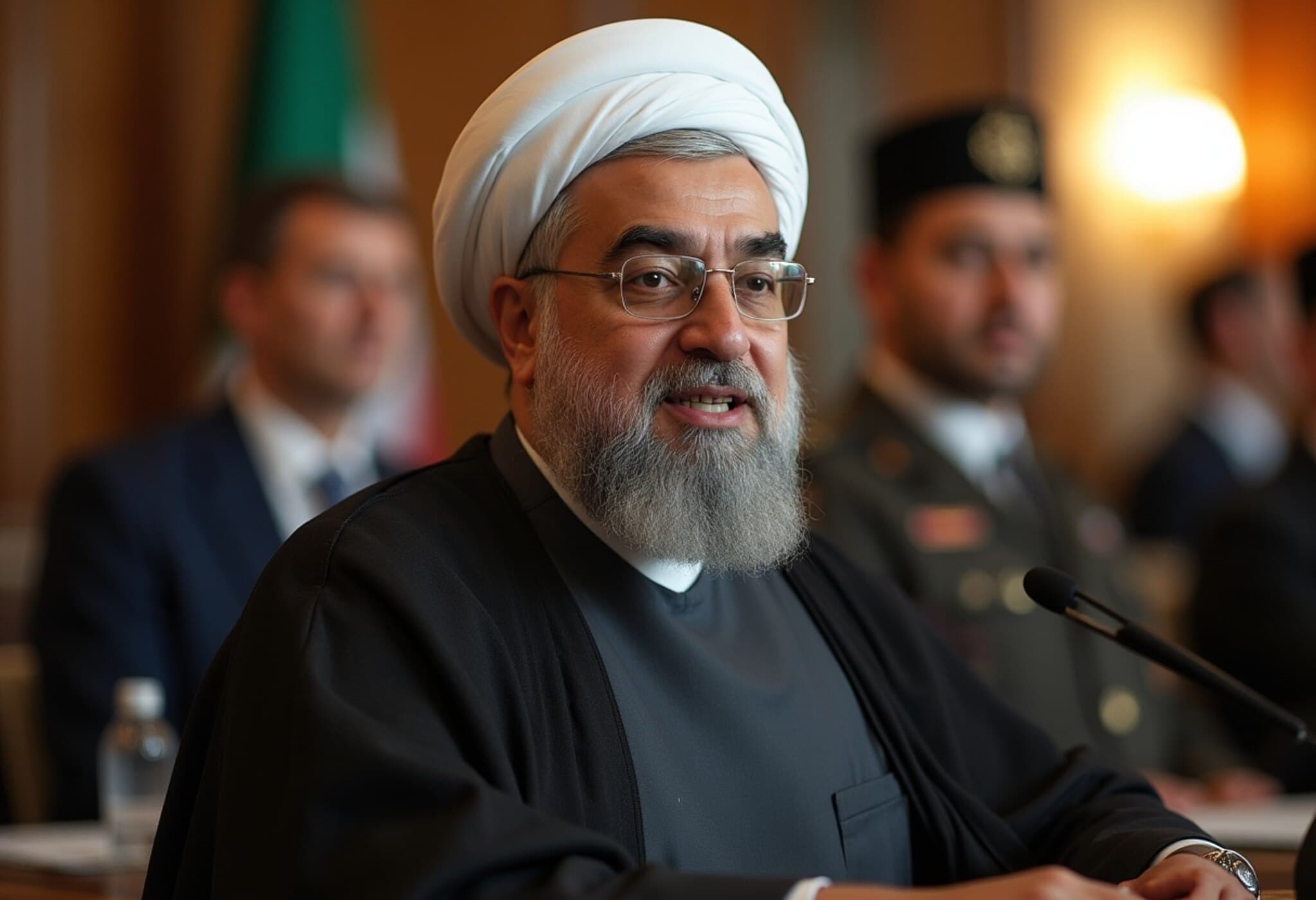Iran Acknowledges Damage from US Strikes on Nuclear Facilities
For the first time, Iran has openly admitted that recent US military strikes inflicted considerable damage on its nuclear installations. This admission came just days after the United States claimed to have delivered a decisive blow to Iran's nuclear ambitions.
Details Emerge After Operation Midnight Hammer
During an interview with an international broadcaster, Iran’s foreign ministry spokesperson, Esmail Baghaei, confirmed that the June 22 strikes conducted by American B-2 stealth bombers wielding powerful bunker-buster munitions had "badly damaged" several key underground nuclear sites. However, Baghaei refrained from detailing the extent of the damage.
These strikes, officially named Operation Midnight Hammer, involved the deployment of 30,000-pound bombs targeting three crucial uranium enrichment facilities deep below ground. The operation aimed to dismantle Iran’s capability to advance its nuclear program.
US Claims Crushing Blow to Iran’s Nuclear Program
Following these attacks, the US administration, led by President Donald Trump, proclaimed the operation had “obliterated” Iran’s nuclear infrastructure, setting back Tehran’s ambitions by decades. Trump, speaking ahead of the NATO summit, declared, "They’re not going to be building bombs for a long time." He emphasized that the strikes represented a complete destruction of Iran’s uranium enrichment capacity.
Trump drew a controversial comparison to the historic atomic bombings in World War II, noting, “I don’t want to use an example of Hiroshima or Nagasaki, but that was essentially the same thing — that ended that war.” The analogy highlighted the severity with which the US views the recent attacks and their intended strategic impact.
Comprehensive Military Effort Involved Extensive Resources
The Pentagon reported that more than 125 aircraft participated in the mission, including strategic bombers, support planes, fighters, and surveillance aircraft. A total of 75 precision-guided munitions were deployed, featuring 14 bunker busters and over two dozen cruise missiles.
Steve Witkoff, the US special envoy to the Middle East, underscored the operation’s success, telling international media that both the US and Israel had accomplished their objective of completely erasing Iran’s nuclear enrichment capabilities. He also indicated that Iran’s previous demands for halting Israel’s military actions no longer stood, clearing the way for resumed diplomatic engagements.
Implications for Regional Stability and Diplomacy
Amid these developments, Trump announced a tenuous truce between Iran and Israel, presenting the strikes as a pivotal step in reducing nuclear threats and fostering a path toward dialogue. Highlighting Iran’s weakened position, he asserted, “The last thing they want to do is enrich uranium.”
Despite Iran's limited disclosure, this unprecedented acknowledgment marks a significant shift in Tehran's narrative, signaling the palpable impact of the US-led strikes on its nuclear infrastructure.
Summary
- Iran admits its nuclear sites were severely damaged by US strikes on June 22.
- The US Operation Midnight Hammer involved over 125 aircraft and 75 precision weapons.
- US officials claim the action destroyed Iran's uranium enrichment capacity.
- President Trump likened the strike’s impact to historic atomic bombings, emphasizing its strategic weight.

